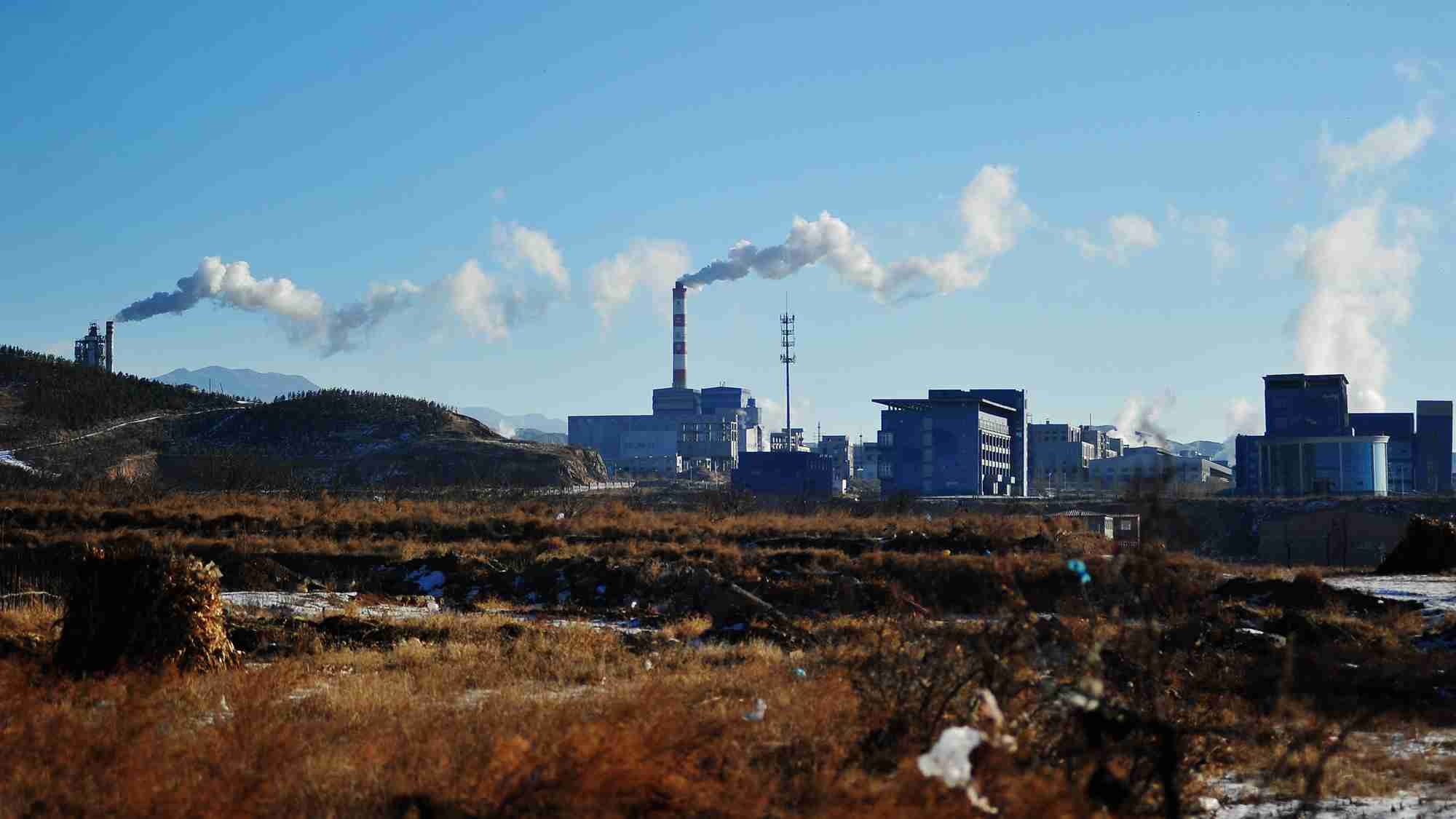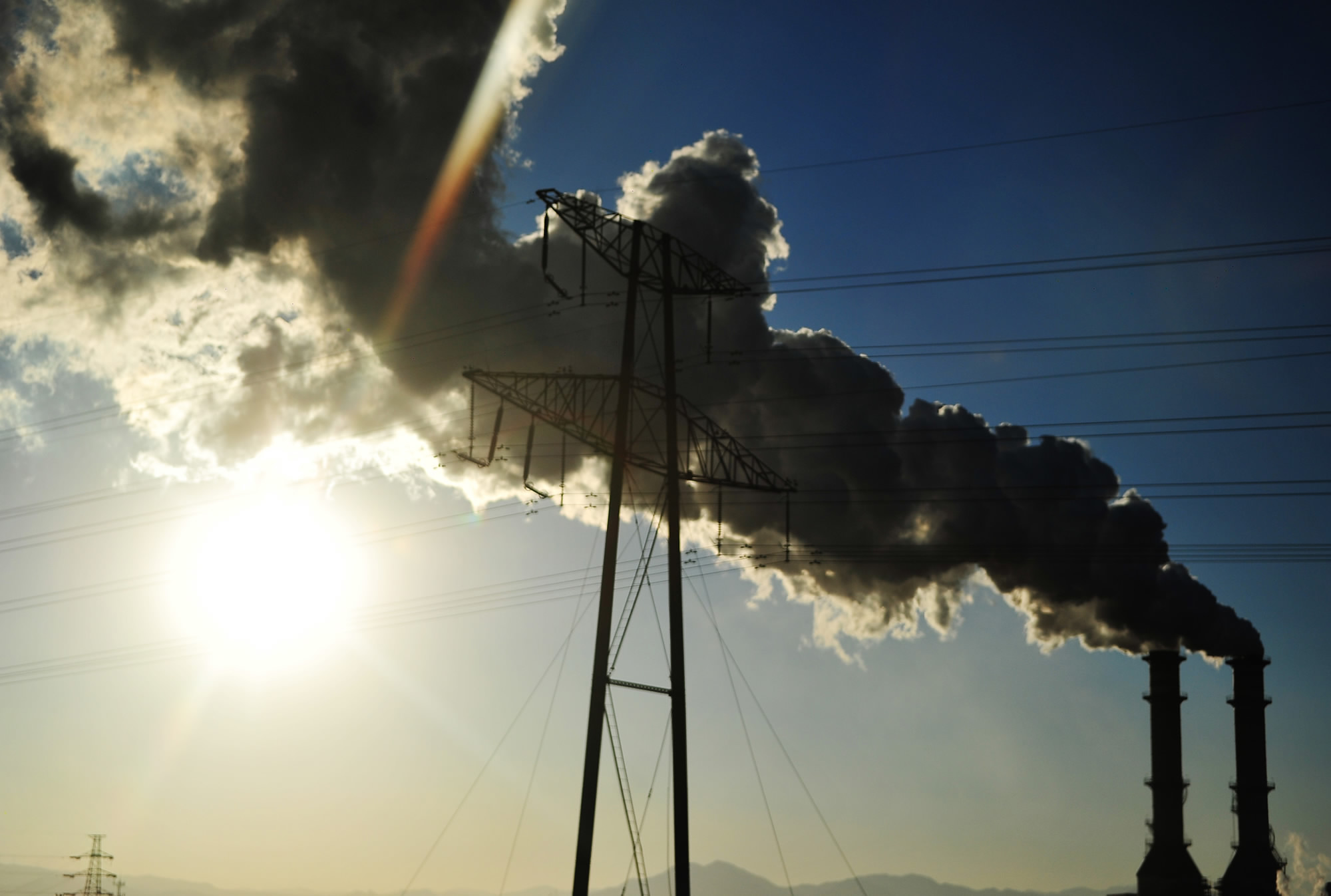
China
23:15, 17-Jan-2017
China set to punish two firms for excessive pollution
Updated
10:35, 28-Jun-2018

Two Chinese enterprises in Shanxi Province in northern China will be punished for excessive discharge of pollutants, according to the Ministry of Environmental Protection on Tuesday.
The ministry's online monitoring system detected that two coking plants affiliated with the Shanxi Coking Group and Shanxi and Sanwei respectively, have discharged excessive air pollutants since the beginning of the year.
Following heavy air pollution alerts in 14 cities, including Shijiazhuang in Hebei, Linfen in Shanxi, Heze in Shandong and Hebi in Henan, the ministry sent inspection groups to the cities, toughening scrutiny on polluters.

Hazy days dispersed, while enterprises of chemical, iron, and cement emit choking smoke again on January 13, 2017, in Zhangjiakou, Hebei. /CFP Photo
Hazy days dispersed, while enterprises of chemical, iron, and cement emit choking smoke again on January 13, 2017, in Zhangjiakou, Hebei. /CFP Photo
Inspectors found that six production lines of the Shanxi Coking Group failed to install or operate de-sulfurization and de-nitration facilities.
The ministry has ordered the provincial environmental protection authorities to investigate those enterprises and publicize the punishments levied. Those who tampered or falsified monitoring data will be taken into custody, according to the ministry.
Inspectors also found that some enterprises failed to take effective measures following alerts, or their measures were impracticable, and that small and scattered factories in Hebei had illegal emissions of smoke and dust.

A new tround of smog forms in Taiyuan, Shanxi Province on December 31, 2016. /CFP Photo
A new tround of smog forms in Taiyuan, Shanxi Province on December 31, 2016. /CFP Photo
Smog hit parts of northern and central China on Sunday. The smog, which engulfed Beijing, Tianjin, Hebei, Shanxi, Henan and Shaanxi, is expected to last until a cold front comes to the rescue around Thursday, according to the National Meteorological Center.
People in the affected regions were asked to take precaution and choose public transport services to cut emission levels and mitigate pollution.
Severe smog triggered red alerts in more than 20 cities at the beginning of 2017. When authorities issue red alerts, certain manufacturers are required to cut production and heavily polluting vehicles are banned from roads.
China has a four-tier color-coded warning system for severe weather, with red indicating the most serious conditions, followed by orange, yellow and blue.
(Source: Xinhua News Agency)

SITEMAP
Copyright © 2018 CGTN. Beijing ICP prepared NO.16065310-3
Copyright © 2018 CGTN. Beijing ICP prepared NO.16065310-3